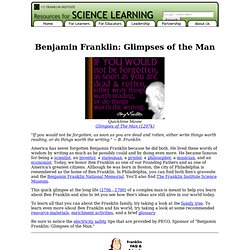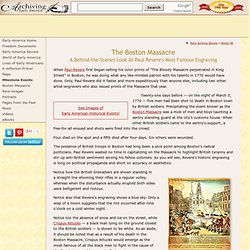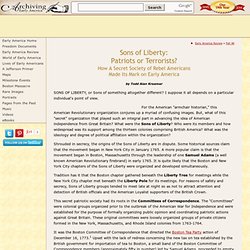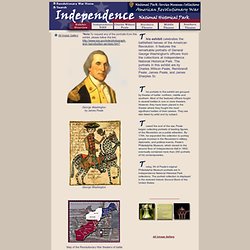

The World of Benjamin Franklin. Quicktime MovieGlimpses of The Man (1297k) "If you would not be forgotten, as soon as you are dead and rotten, either write things worth reading, or do things worth the writing.

" ~ B. Franklin America has never forgotten Benjamin Franklin because he did both. He lived these words of wisdom by writing as much as he possibly could and by doing even more. He became famous for being a scientist, an inventor, a statesman, a printer, a philosopher, a musician, and an economist. This quick glimpse at the long life (1706 - 1790) of a complex man is meant to help you learn about Ben Franklin and also to let you see how Ben's ideas are still alive in our world today. To learn all that you can about the Franklin family, try taking a look at the family tree. Be sure to notice the electricity safety tips that are provided by PECO, Sponsor of "Benjamin Franklin: Glimpses of the Man.
" Learn more about Ben! Visit Pieces of Science for more information about Ben's Lightning Rod and Glass Armonica. Boston Massacre. When Paul Revere first began selling his color prints of "The Bloody Massacre perpetrated in King Street" in Boston, he was doing what any like-minded patriot with his talents in 1770 would have done.

Only, Paul Revere did it faster and more expeditiously than anyone else, including two other artist-engravers who also issued prints of the Massacre that year. Twenty-one days before — on the night of March 5, 1770 — five men had been shot to death in Boston town by British soldiers. Precipitating the event known as the Boston Massacre was a mob of men and boys taunting a sentry standing guard at the city's customs house. When other British soldiers came to the sentry's support, a free-for-all ensued and shots were fired into the crowd.
Four died on the spot and a fifth died after four days. The presence of British troops in Boston had long been a sore point among Boston's radical politicians. Notice also that Revere's engraving shows a blue sky. Mission US. What's Wrong With This Picture? American Revolutionary Facts. Untitled. Living the Revolution: America, 1789-1820, Primary Resources in U.S. History and Literature, Toolbox Library, National Humanities Center. Sons of Liberty: Patriots or Terrorists? By Todd Alan Kreamer SONS OF LIBERTY, or Sons of something altogether different?

I suppose it all depends on a particular individual's point of view. For the American "armchair historian," this American Revolutionary organization conjures up a myriad of confusing images. But, what of this "secret" organization that played such an integral part in advancing the idea of American independence from Great Britain? What were the Sons of Liberty? Shrouded in secrecy, the origins of the Sons of Liberty are in dispute. Tradition has it that the Boston chapter gathered beneath the Liberty Tree for meetings while the New York City chapter met beneath the Liberty Pole for its meetings.
This secret patriotic society had its roots in the Committees of Correspondence. Was this an early terrorist action or a patriotic action. Early America's Bloodiest Battle. Deborah Sampson. Revolutionary War By Teacher Created Resources Thematic Units from Teacher Created Materials are literature based, cross-curricular, and ready to use.

They provide activities, many of them hands-on, for all areas of the curriculum, including math, science, language arts, social studies, physical education, art, and music. Each book offers two or more literature-based units and lesson plans plus cross-curricular activities and worksheets, a culminating activity, management ideas, and a bibliography. The books used in this unit (that will need to be purchased or borrowed) are--Johnny Tremain by Esther Forbes and The Fighting Ground by Avi.
Complete and comprehensive, these reproducible units are designed with student interest and teacher usability in mind. Museum Collections 'American Revolutionary War: Independence National Historic Park' His exhibit celebrates the battlefield heroes of the American Revolution.

It features the remarkable portraits of General George Washington's officers from the collections at Independence National Historical Park. The portraits in this exhibit are by Charles Willson Peale, Rembrandt Peale, James Peale, and James Sharples Sr. he portraits in this exhibit are grouped by theater of battle: northern, middle and southern.
Most of the featured officers fought in several battles in one or more theaters. However, they have been placed in the theater where they fought the most significant battles of their careers.